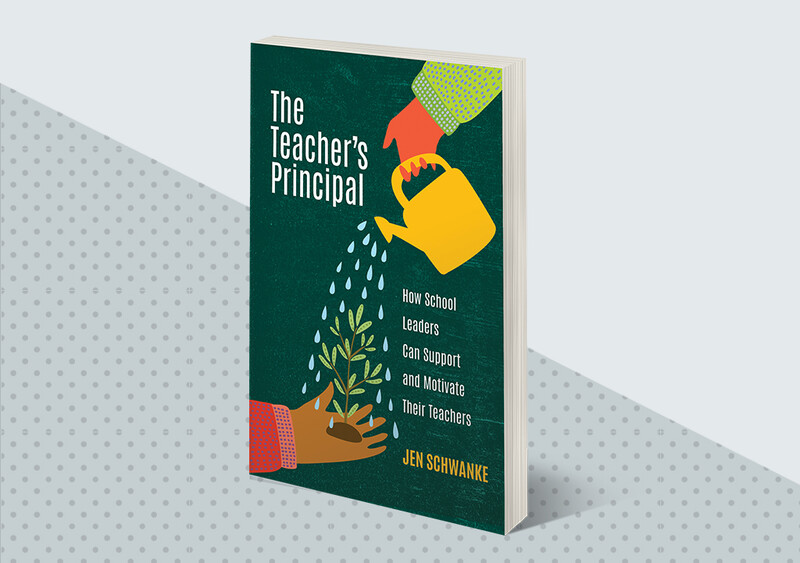In my work with schools, I've learned that school leaders commonly have questions about how to motivate and support their teachers—not just those who are struggling, but also those who do excellent work. This is a critical consideration in today's school-staffing climate.
My primary recommendation is to think in terms of motivators. If principals think about what motivates their teachers and understand that there are both positive and negative motivators, they can proactively intervene when a teacher is struggling. They can also identify ways to enhance and highlight the work of teachers who are at the top of their game. I group motivators into three categories—purpose, priorities, and patterns, which correspond to the roots, trunk, and branches of a tree.
Purpose: A teacher's purpose is their "why." It is rooted in their core values and teaching philosophy. Purpose is generally a fixed motivator in that it remains relatively unchanged over the course of a career. For example, a teacher whose sense of purpose is to help all students achieve in math might bring empathy, skill, and expertise to students struggling with math and find ongoing professional validation in helping students understand complicated mathematical concepts.
Priorities: A teacher's priorities reveal their current level of commitment—and obstacles that get in the way. Like the solid trunk of a tree, priorities must sway and flex because they are affected by the teacher's life and commitments outside of school. As such, they either add or detract from a teacher's daily decision making. Priorities expand and recede at various points in a teacher's career. This motivator guides a teacher's patterns and is grounded in purpose. As an example, a teacher may be fully committed to their classroom and students, but unexpectedly face parenting responsibilities that cause challenges to their professional performance.
Patterns: Patterns are a teacher's visible habits and routines that drive daily decisions. These may change over time, in both positive and negative ways, and are easily influenced by a principal's guidance and support. Being at the top of the motivation tree, patterns are supported by priorities and fed by purpose. Examples of patterns are depth of instructional planning, classroom setup and management, and the teacher's process for providing student feedback.
These various motivators manifest themselves in ways that are unique and personal to each individual teacher. When things are going well, it might be because a teacher's purpose provides a strong pull to make a difference in the life of a child; their priorities are aligned to the work and balanced with the needs of their lives outside of school; and their patterns are student-focused and reflective of best practice. On the other hand, when a teacher is struggling, they may be drawing from a purpose that isn't student-centered; their priorities may have shifted in ways that are out of their control; and their patterns may have become negative, lazy, or counter-productive. Getting to the deeper issues can help a principal know how and when to step in.
But how can leaders fit consideration of purpose, priorities, and patterns into already chock-full days? The answer lies in their mindset. This work is not an additional item to check off a list. Instead, we can incorporate it into each interaction we have with teachers—ongoing discussions, informal classroom visits, regular check-ins, schoolwide efforts toward gratitude, and so on. It's about leading a culture of both excellence and empathy. In fact, the work itself can be rooted in school leaders' own purpose, priorities, and patterns. It becomes a perfect cycle of professional collaboration and expertise—and it will make us the leaders our teachers need us to be.
The Teacher's Principal
In her new book, Jen Schwanke provides an invaluable roadmap for compassionately supporting teachers—those doing good work and those struggling to get back on track.

